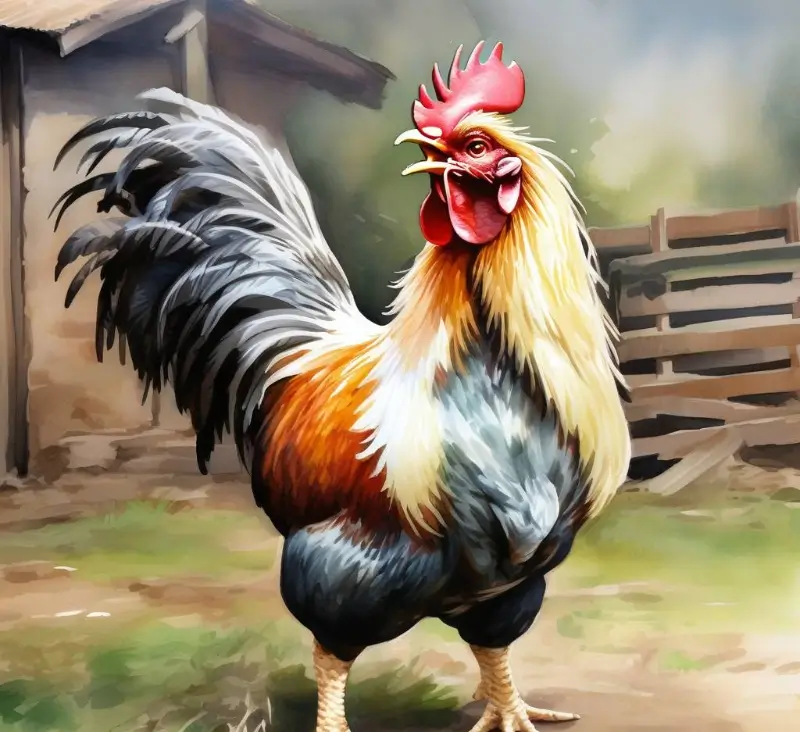why do animals have tails?
Animals have tails for a variety of reasons, and the functions of tails can be quite diverse depending on the species. Here are some of the main reasons why animals have tails:
- Balance and Steering: Many animals, such as birds, bats, and insects, use their tails for balance and control during flight. The tail helps to stabilize the body and direct the animal through the air.
- Communication: Tails are often used to communicate with other members of the same species. Animals can express emotions and intentions by wagging, twitching, or moving their tails in specific ways.
- warmth regulation: Some animals, like squirrels and certain rodents, use their tails to cover their faces to keep warm or to protect their noses and eyes from the cold.
- Storage of Fat: Some animal tails, like those of many mammals, are used for storing fat, which can be metabolized for energy during times of famine.
- Courtship Displays: Many bird species use their tails for courtship displays. The colorful and often elongated tails of birds like peacocks are used to attract mates.
- Warning Signals: Some animals, like skunks, have tails that they can raise and wag as a warning signal to potential threats.
- Swimming Propulsion: Fish and other aquatic animals use their tails to propel themselves through the water.
- Sensing the Environment: Some animal tails are equipped with sensors that can detect changes in the environment, such as the movement of air or the presence of other animals.
These are just a few examples of the many functions that animal tails serve. The specific shape, size, and coloration of an animal’s tail are often adaptations to their particular lifestyle and environment.



